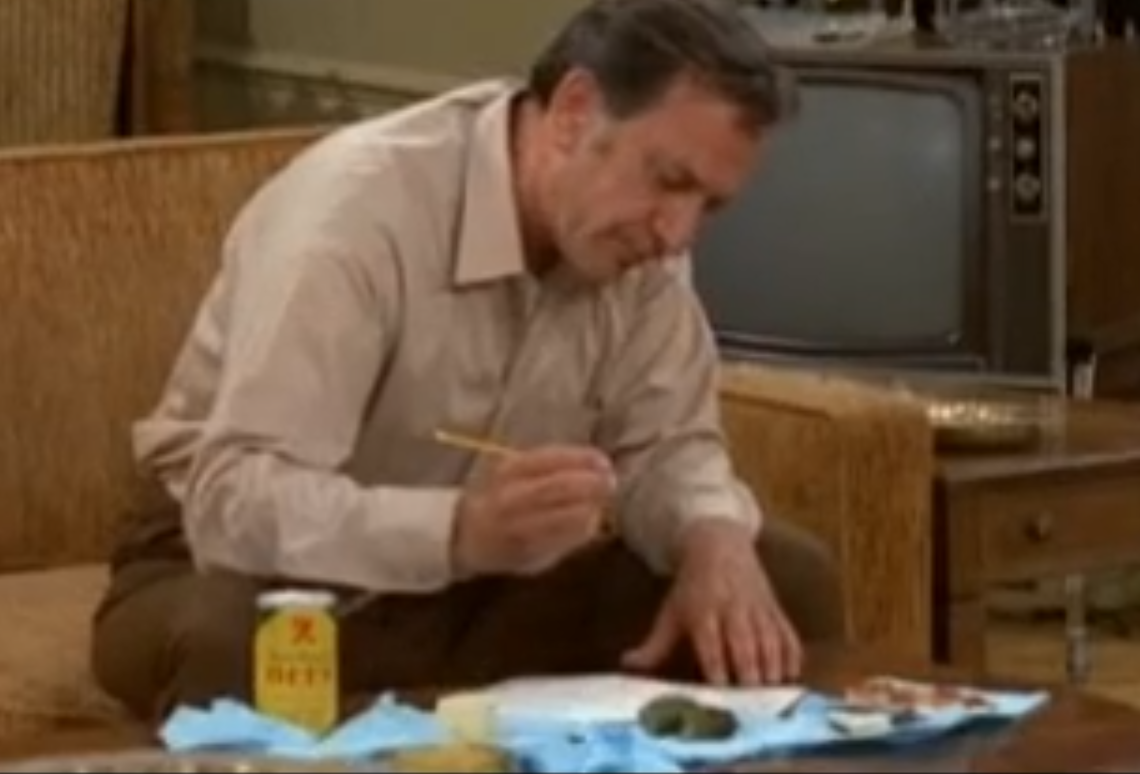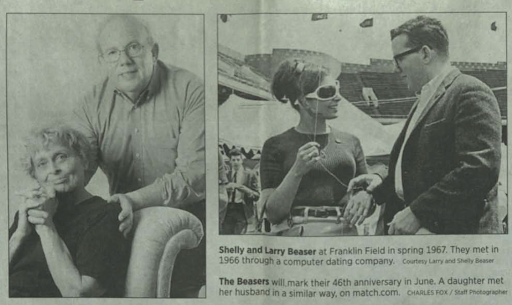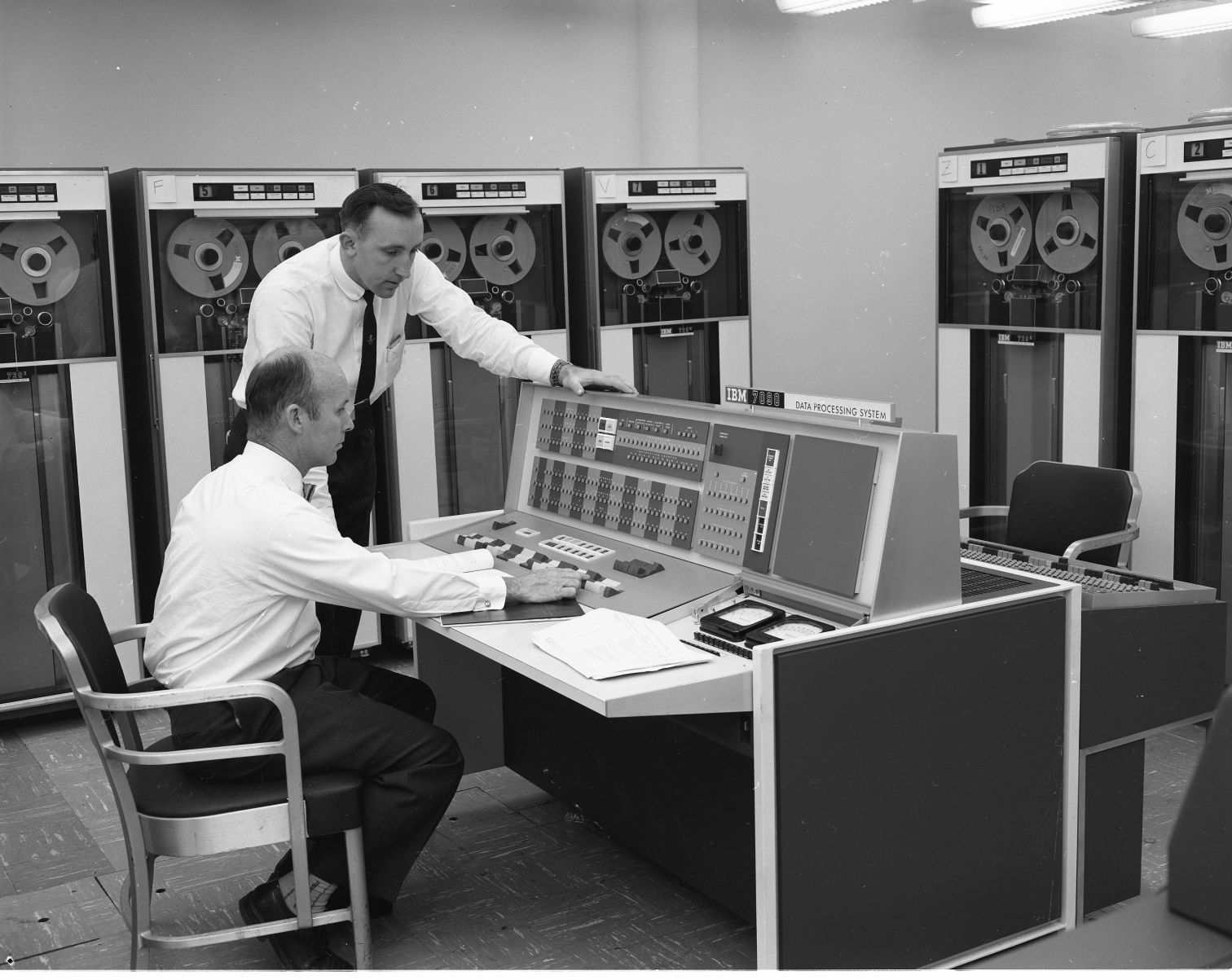created 2025-04-03, & modified, =this.modified
In 1920s, dating as we know was a new thing for middle-class Americans.
Dating largely replaced “calling,” a practice during which a young man would come to a young woman’s home.
Once there he would sit her her parlor, be served refreshments and perhaps listen to her play the piano.
In a 1940 article in the Woman’s Home Companion noted, “The modern girl cultivates not one single suitor, but dates, lots of them…. Her aim is not a too obvious romance but general popularity.”
Calling
The earliest uses of calling cards, or at least something like them, reach as far back as the ancient Egyptians, who left ceramic tiles in their temple of worship

Calls were much more than casual visits; the custom helped cement one’s position in society. The rules of calling were precise and strict, but it was essential to navigate the bewildering process with ease lest you commit an unforgivable faux pas: “Calling is so intimately interwove in society’s law, that not to know when to call, how to call and on whom to call, would be an unpardonable breach of etiquette.”
A call lasted for no more than ten to fifteen minutes. If the person was unavailable they left a calling card, typically on a silver tray. The receiver reciprocated if they wanted to continue the social relationship.
Ladies typically kept their calling cards in cases in their purses or handbags
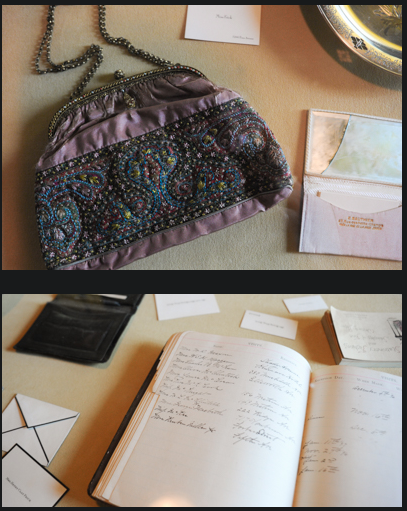
Dating
The earliest usage of the noun “date” is in 1896 by George Ade, a columnist for the Chicago Record. Date referred to “public” courtship, when a woman would meet a man publicly rather than privately at a residence or at court. In Ade’s 1899 “Fabels in Slang”, he used the term “Date Book” to describe a type of ledger system a cashier used to track dates with suitors until she married.
Technology
- Video dating systems of the 1980s and 1990s especially, where customers gave a performance on (typically VHS) video, which was viewable by other customers, usually in private, in the same facility. Some services would record and play back videos for men and women on alternate days to minimize the chance that customers would meet each other on the street.
- Online dating
Computer dating systems of the later 20th century, especially popular in the 1960s and 1970s, before the rise of sophisticated phone and computer systems, gave customers forms that they filled out with important tolerances and dating preferences, which were “matched by computer” to determine “compatibility” of the two customers..
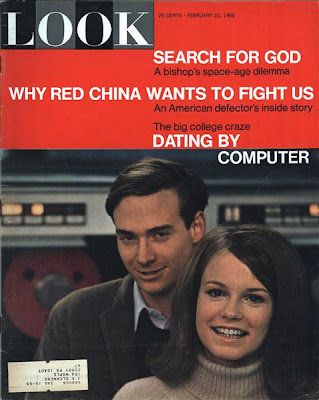
Scientific Marriage Foundation and George W. Crane
The first large-scale computer dating system, The Scientific Marriage Foundation, was established in 1957 by Dr. George W. Crane. In this system, forms that applicants filled out were processed by an IBM card sorting machine.
Applicants would fill out forms, provide character references and photographs, and interview a local counselor of the foundation, who would provide an assessment of the candidate. The information was sent to the foundation in Mellott, Indiana, which would process the data with an IBM sorting machine, and pair up men and women according to their expected compatibility.
Tests for Husbands and Wives
They seem to have produced this document.
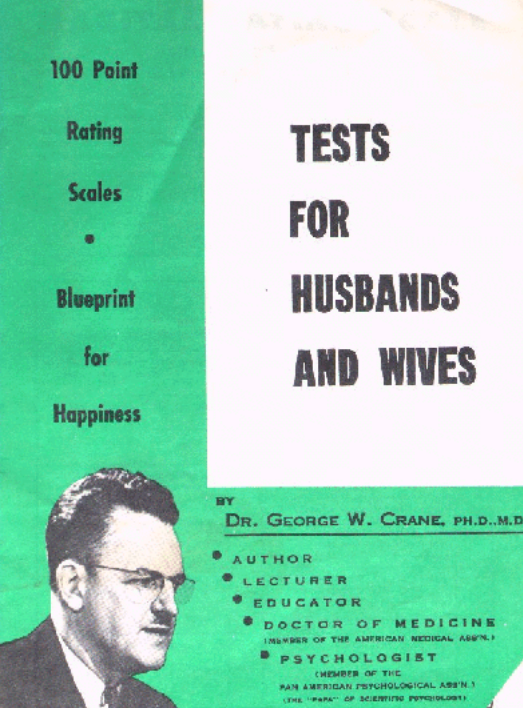
- Stares and flirts with other women while out with wife
- Brings home guests without warning
- Polite and mannerly even when alone with his wife.
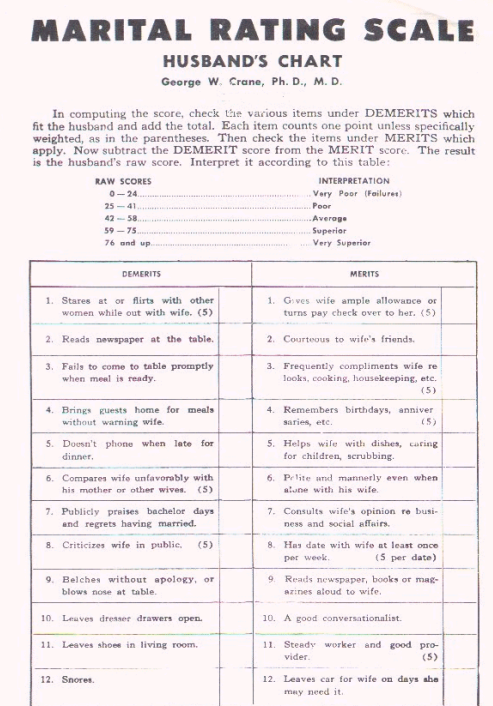
The Wife version
- a good hostess
- is a back seat driver
- is suspicious and jealous
- squeezes tooth paste at the top
- fails to wash top of milk bottle before opening it
- bravely carries on during financial depression
This test represents the composite opinions of 600 husbands when asked to list the chief merits and demerits of their wives. They talked frankly. I have summarized the most frequently voiced flaws and virtues and have weighted those items which, in my judgement as a psychologist and a physician are especially important in marriage. I commend this test to the attention of all intelligent women who aspire to make their marriage both permanent and happy. Young women contemplating matrimony might very profitably use this tests as a practical guide.
Computerized Dating Services
The earliest commercially successful computerized dating service in either the US or the UK was Com-Pat, started by Joan Ball in 1964. Operation Match, started by Harvard University students a year later is often erroneously claimed to be the “first computerized dating service.” In actuality, both Com-Pat and Operation Match were preceded by other computerized dating services in Europe—the founders of Operation Match and Joan Ball of Com-Pat both stated they had heard about these European computer dating services and that those served as the inspiration for their respective ideas to create computer dating businesses
Com-Pat
Joan Ball was a British businesswoman who started the first computer dating service in England.
In 1964, Ball changed the name of her marriage bureau to the St. James Computer Dating Service, and the bureau ran its first set of computer match ups in 1964. Ball used a time-shared computer and acquired a matching program that would pair couples based on questionnaire responses. This made Ball’s service the first commercially successful computer dating service in either the UK or the US.
Operation Match
Operation match was a computer dating service created in 1965 by three Harvard undergrads.
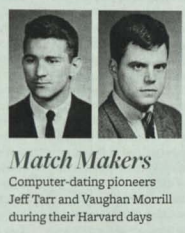
Originally it was meant to pair Ivy league men with women from The Seven Sisters (Barnard, Bryn Mawr, Mout Holyoke, Smith, Wellesley, Vassar, Radcliffe).
Participants filled out a 75-point questionnaire, covering hobbies, education, physical appearance, race and attitudes towards sex, that could then be mailed with a $3 fee.
Questions
- do you believe in a God who answers prayers?
- is extensive sexual activity in preparation for marriage part of growing up?
Without being able to break even they attempted to promote by adding celebrity star Vicky Albright to the dating pool. “Registrations doubled in the week before the deadline.”
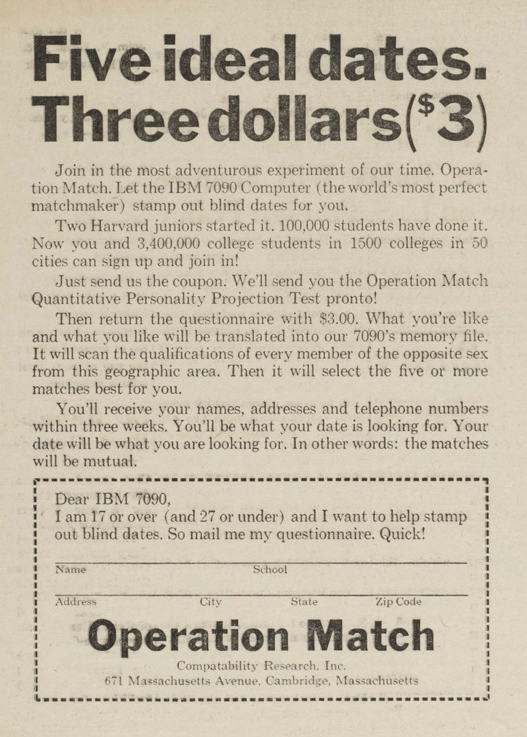
In an interview with Harvard Magazine, Tarr recalled that they would send people a letter “saying who they were matched to, with phone numbers,” with one woman at Vassar receiving over 100 matches (including one with her roommate).
The questionnaires were transferred from paper to punched cards and processed on an IBM 7090 computer at the Avco service bureau in Wilmington, Massachusetts. About a week later, each participant received mail with an IBM 1401 printout containing names and telephone numbers for five potential matches.
Elated, Tarr rented a middling-capacity computer for $100 an hour (“I couldn’t swing the million to buy it.”), fed in the coded punch cards (“When guys said we sent them some hot numbers, they meant it literally.”) and sped the names of computer-picked dates to students all over New England.
IBM 1401 printout looks like this.
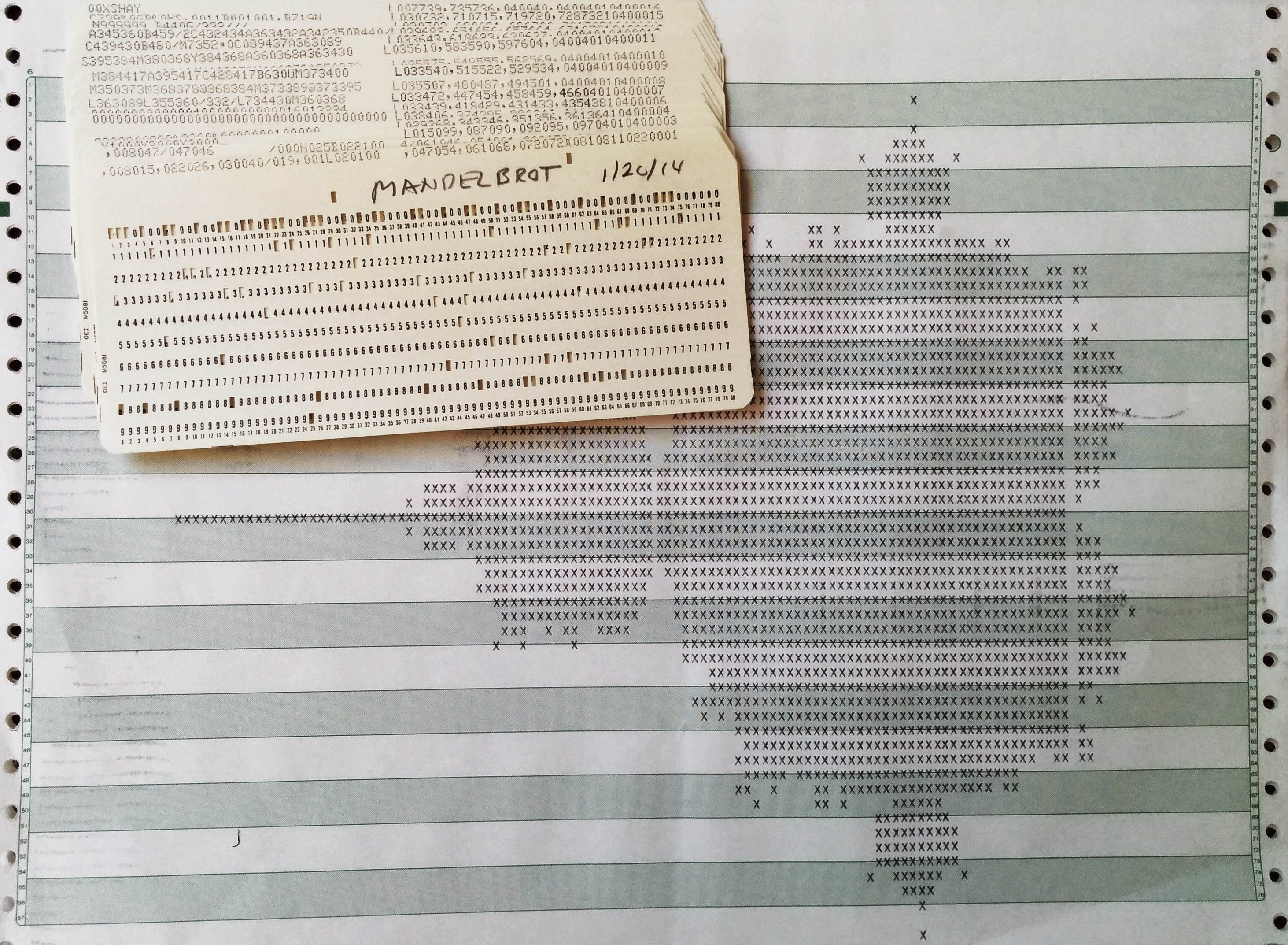
Approximately 90,000 questionnaires were completed after six months of launch, with more than 100,000 respondents paired.
One female student at Vassar received over 100 matches.
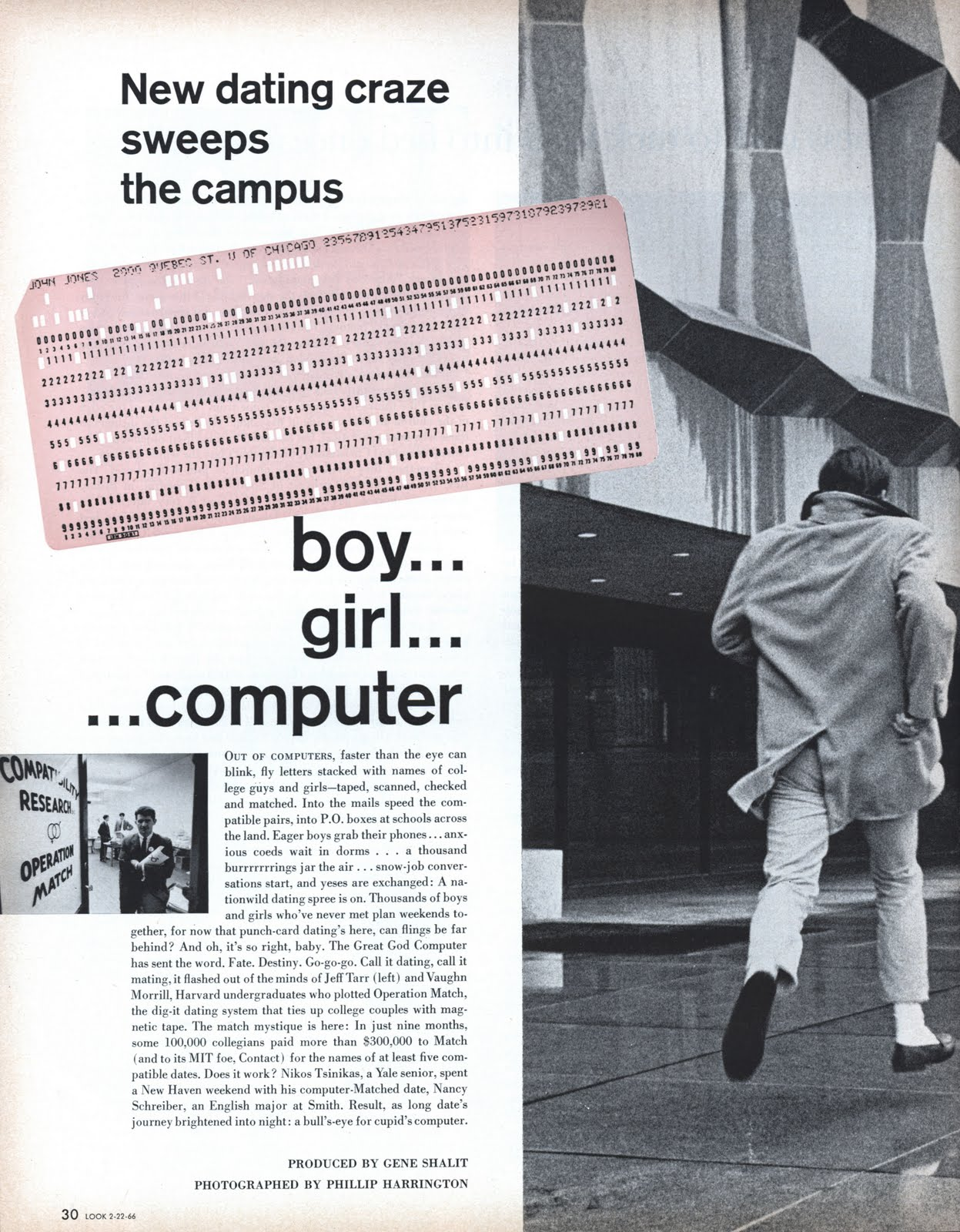
One of the creators of Match, an aspiring songwriter came up with this song
Well, I filled out my form and I sent it along,
Never hoping I'd get anything like this.
But now when I see her,
Whenever I see her,
I want to give her one great big I.B.M. kiss.
She's my I.B.M. baby, the ideal lady,
She's my I.B.M. baby.
From the first time I met her I couldn't forget her,
She's my I.B.M. baby.
Well we've dated sometime,
Things are going just fine, and I'd like to settle down with her.
Just like birds of a feather
We put 2 and 2 together, and we came one with an I.B.M. affair.
She's my I.B.M. baby, I don't mean maybe,
She's my I.B.M. baby.
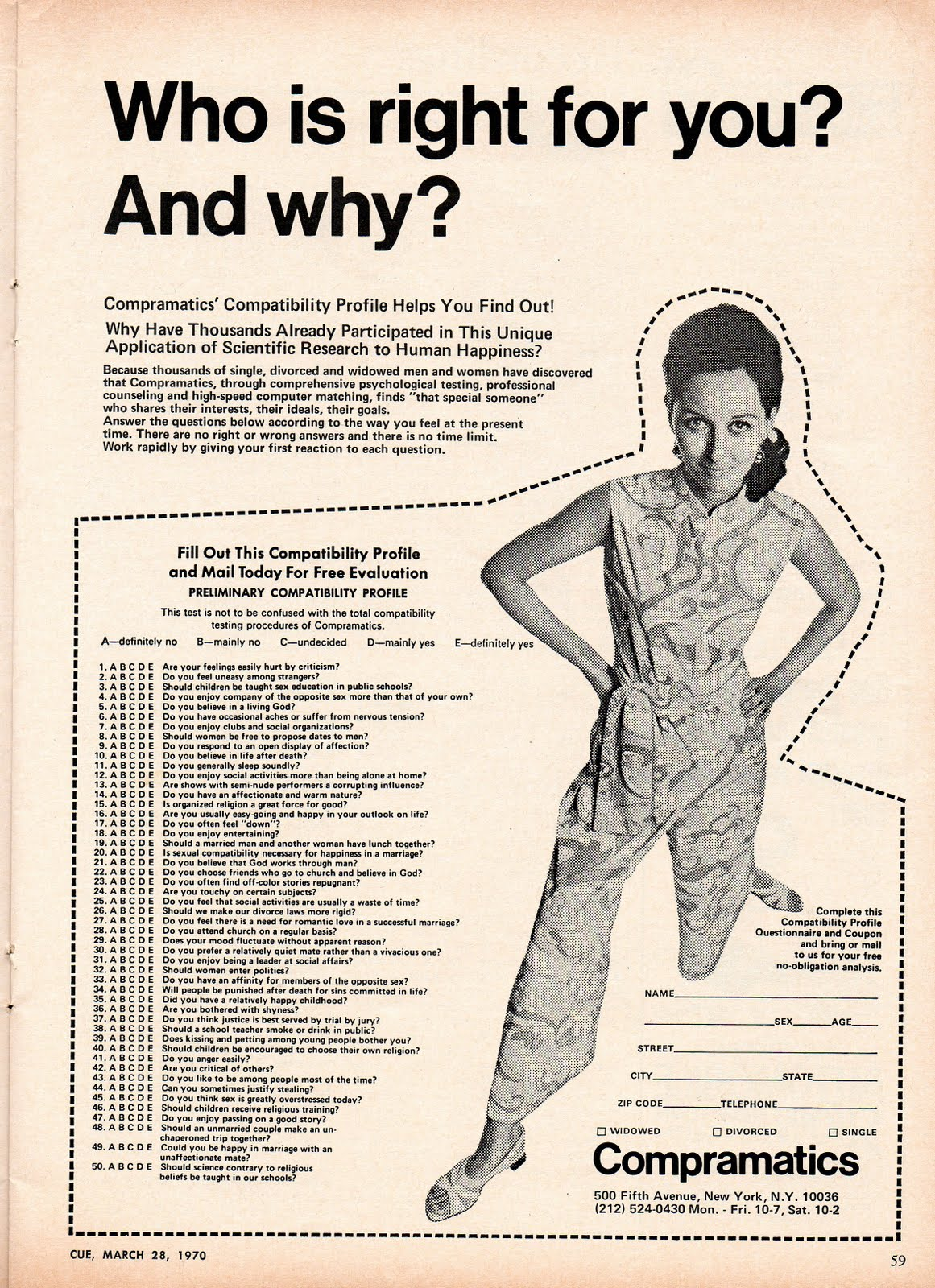
Images from Computer History PDF

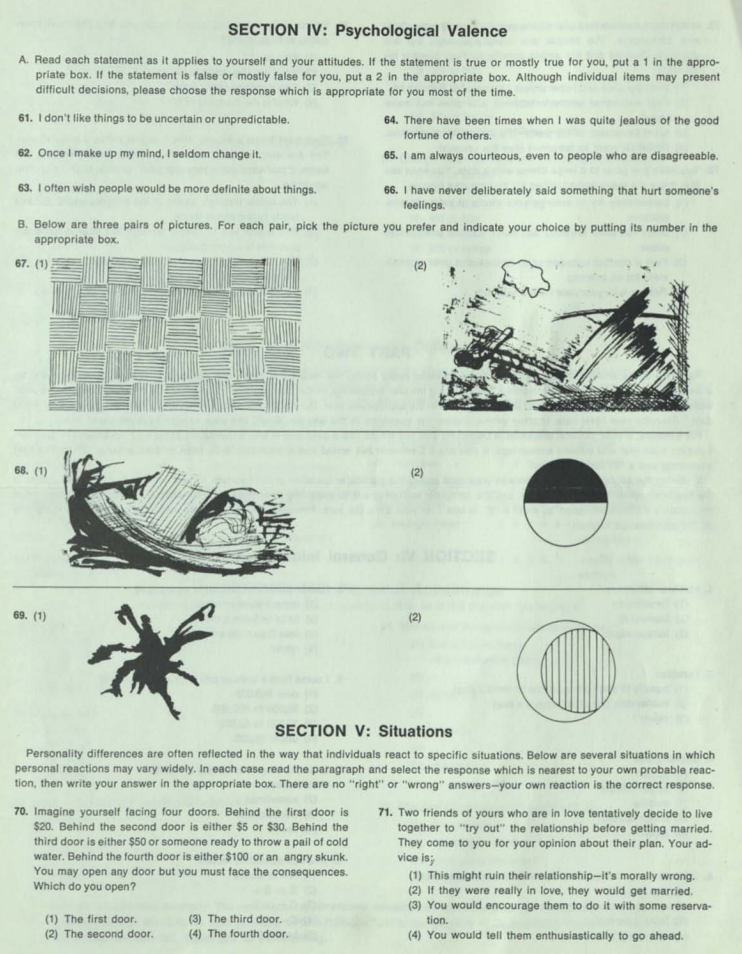
News Clips
OPERATION MATCH has produced more than its share of fun dates.—TIME MAGAZINE Computer dates are sweeping canvus, replacing old fashioned boy-meets-girl devices; punch bowls are out, punch cards are in.— LOOK
The Computer takes over in one more area—automated dating is the new fad on campuses across the country.—GLAMOUR
Electronic computers to match up married couples were recommended as a logical approach by Dr. L A. Burch, psychologist and Director of the Circuit court (Cook County) Conciliation Service— CHIC. DAILY NEWS
It reduces the anxiety of the blind date; you know that the girl wants to go out with someone roughly like you.—DR. BENSON R. SNYDER. CHIEF PSYCHIATRIST M.I.T.
It uncanny..,lt was like instant rapport. recommending OPERATION MATCH to all my unmarried friends. —MRS. M. P. (CHICAGO MATCHBRIDE)
it was something like having an Aunt Tillie who says she has a girt for you to take out. Only this time, Aunt Tillie was IBM. —MR. N. B. (NEW YORK MATCHGROOM) I went out with my first MATCH date—and E..A SAN FRANCISCO REGISTERED NURSE AND SOCIAL WORKER.
I found OPERATION MATCH to be a welcome solution tor people like myself Who are “tied down” With work and grad school.—MARY B.. BOSTON SCHOOL TEACHER.
My first MATCH date and I are still dating. and we hope to get married in June of 1967. We have only known each other for three months, but we both feel that we have known each other so much longer. We share such a large number of interests that we can’t get over the idea that we were matched so well with each other.—MARY R., SILVER SPRINGS, MARYLAND.\
Glamour Article Excerpts
The question people ask us most often about Match is how it came about. The truth is that it just happened. A little over a year ago my roommates and I were sitting around discussing dating in general, and blind dates in particular. It seemed to us that a very extensive but unsophisticated method of “fixing up” one’s friends with each other had become an accepted way of meeting people on campuses everywhere. The results were often painful for everyone concerned, because your friends of the same sex don’t really know what makes you compatible with a member of the opposite sex. They project their own feelings into the situation with great subjectivity.
The essential idea behind Operation Match is the pooling of resources into the biggest little black book ever, and using a computer as a clearinghouse for the information. At the time the idea seemed like a natural for college students who have learned to avoid the cattle shows known as “mixers.” We didn’t really know then how right we were.
Odd Combinations
We hear a lot of stories, most of them probably true, about odd combinations we’ve created. One couple that was matched had been going together for a long time and had just broken up. A girl at Michigan State was matched up with her roommate’s steady boyfriend. And a girl who mistakenly coded herself as a boy was matched with her own roommate.
(from another article) A Vassarite who was sent the names of other girls demanded $20 for defamation of character. A Radcliffe senior, getting into the spirit of things, telephoned a girl on her list and said cheerfully, “I hear you’re my ideal date.” At Stanford, a coed was matched with her roommate’s fiancé. Girls get brothers. Couples going steady apply, just for reassurance.
Thought
The terminology here, apply.
An interesting fact is that about twice as high a percentage of girls have suggestions than boys. More boys, however, have comments.
Continuous Processing
Our present system of “continuous processing” enables us to keep applications on file until the end of the academic term. That is, as new people apply they are matched against previous applicants as well as other new ones. So a person who applies early may get match lists as often as every two weeks. We have a lot of ideas for the future, too, some of which will be implemented as early as this coming September. Pretty soon we hope to install our first Date Machine. This will consist of a coin-operated keyboard on which anyone desiring a date for the evening will merely code the answers to some questions. Within seconds the keyboard will automatically type out the name of a match-date who is free for the evening, nearby, and has also registered as wanting a date.
Consequences
Match, now graduated to an IBM 7094, guarantees five names to each applicant, but occasionally, a response sets cupid aquiver. Amy Fiedler, 18, blue-eyed, blonde Vassar sophomore, got 112 names. There wasn’t time to date them all before the semester ended, so many called her at her home in New York. “We had the horrors here for a couple of weeks,” her mother says laughingly. “One boy applied under two different names, and he showed up at our house twice!”
Spark
“Some romanticists complain that we’re too commercial,” he says. “But we’re not trying to take the love out of love; we’re just trying to make it more efficient. We supply everything but the spark.”
Actually, computer dating supplies more. According to Dr. Benson R. Snyder, MIT’s chief psychiatrist, it acts as a method that society condones for introducing a girl and a boy. “A boy knows that the girl has expressed her willingness to date by the act of joining. I think that’s one of the most important things that it provides. It reduces the anxiety of the blind date; you know that the girl wants to go out with someone roughly like you.
Deception
“What troubles me about all this computer jazz,” says a sophomore at Connecticut College, “is my feeling that boys don’t level when they fill in their questionnaires. I was honest with mine, but I wonder if some guys fill out theirs to see if they can get a first-nighter.”
Contact
DeWan, a brilliant math and engineering student, does not have an organization as sprawling or yeasty as Tarr’s. In fact, he has no organization at all. A frugal man, he runs deep in the black: He has no full-time employees. His office is a room in his grandparents’ home, near Cambridge. He uses a Honeywell 200 computer at three o’clock in the morning, when the rental is low. In one distribution of questionnaires, he drew 11,000 responses at four dollars each.
DeWan has been going steady with a girl at Wellesley, so when he organized Contact, they put themselves to the test. Sure enough, the computer matched them. But the computer also matched her with an Amherst boy, who won her away. “It was very sad,” says DeWan, “but it proved my system works. It found her a more compatible guy.
“I was a little bit appalled by its 1984 overtones, but was much less concerned after we talked.
“Until body chemistry can be inputed into the computer to stimulate the actual reactions of two persons, I have my doubts concerning the efficacy of the method.”
Dr. Snyder agrees that the computer can’t predict compatibilty. “But it’s not just chemistry,” he insists. “It’s because you can’t program something as complicated as the whole cluster of feelings and associations that surround a boy’s notion of what a girl ought to be. What a computer can do is increase the probability of a satisfactory relationship by removing incompatible persons.”
Just the same, Tarr feels the future belongs to the computer. He’s working on campus installations of hundreds of special typewriters, all linked to a centralized “mother computer.” A boy, typing his requirements, will receive in seconds the name of a compatible girl on his campus who’s free that night. Tarr is also organizing a travel service. On deck: a transatlantic cruise by an ocean liner packed with compatible couples
Boston Globe Excerpt
“The way I envision things, in 50 years computers may well have reduced our work week to zero hours,” he told the Sarasota Journal. “We’ll date through computers, mate through computers, select our home with the help of computers, and plan our recreation with computers. It will be a fantastic time and my company and I hope to be a large part of it.”
“Back then I was going out with a girl from Wellesley,” he recalled four decades later. “1 gave her a free questionnaire, because she helped me distribute in the dorms there. When we ran it through the computer, she and I matched. That was exciting! But I forgot that she also received five other matches, including a guy from Amherst, whom she later dumped me for.”
The New Yorker Article Excerpts
Robert Ross, 1964 and Project TACT - Technical Automated Compatibly Testing - NYCs first computer-dating service.
Society—family, tribe, caste, church, village, probate court—established and enforced its connubial protocols for the presumed good of everyone, except maybe for the couples themselves. The criteria for compatibility had little to do with mutual affection.
Romantic love… “as much as it may have evolved, in the human animal, as a motivation system for matefinding, it was rarely given great consideration in the final reckoning of conjugal choice.”
An engineer named Amarnath Thombre oversees Match’s base algorithm, which takes into account fifteen hundred variables: whether you smoke, whether you can go out with a smoker, whether your behavior says otherwise. These are compared with the variables of others, creating a series of so-called “interactions.” Each interaction h., a score: a numerical expression of shav trait-tolerance. The closest analogy. Thombre told me, is to Netflix, w! uses a similar process to suggest mm you might like—“except that the me doesn’t have to like you back.‘
The Odd Couple - Gloria Hallelujah
The premise for this episode involves a computer dating service, so I decided to watch it. TACT transferred multiple choice answers to a punchcard read by IBM 1400 series.
The episode’s description:
Exaggerating on his computer dating service application, Oscar gets matched up with Felix’s ex-wife Gloria.
The service used is done through mail, and is called “Executron” - “where the wealthy meet the health.” Deceit is there from the start where the main character lies about his name, and exaggerates culturally positive characteristics.
A remark is made “computer dating is a time tested way of getting people together” and “you deserve something better, that will develop into a relationship by two people who are connected not only by the stars, above but computers below.”
Another good quote, “you’re going to foul up the entrie computer mechanism, you’re lying.”
In the end it turns out he matches with his roommates ex-wife, who was also lying. The “date is of a computer error.” He fixes it, then matches with another woman he knows already, from the beginning of the episode.
